- Home
- slideshows
- miscellaneous
- Birds poop out flu viruses that could become deadly global pandemics. These scientists swab their butts to protect us from that threat.
Birds poop out flu viruses that could become deadly global pandemics. These scientists swab their butts to protect us from that threat.
Every spring, scientists and birders coalesce on Reed's Beach in New Jersey, which hosts what is essentially a giant, annual cocktail party of birds.

Up to 25 types of sea birds come to the beach for one reason: to feast on the raw eggs of horseshoe crabs.

The timing is key, since the hubcap-sized crabs spawn for about four weeks every year, and their protein-rich eggs provide a mid-flight snack for thousands of migratory birds as they fly north for the summer.
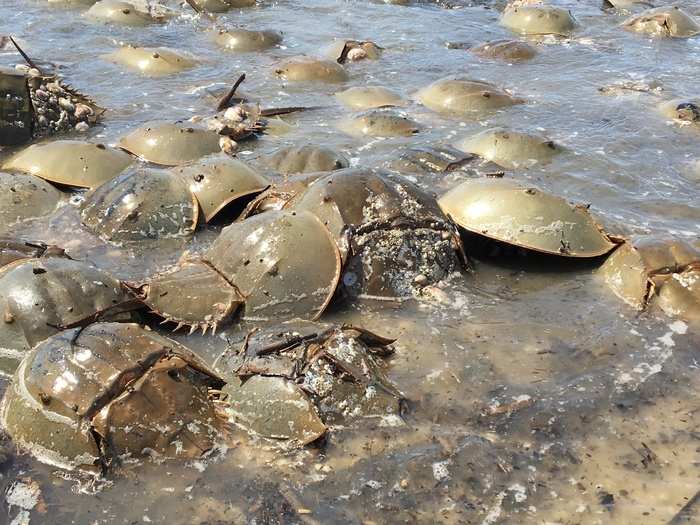
It's such a critical moment for both the birds and the crabs that the beach is completely closed off to people for a month.
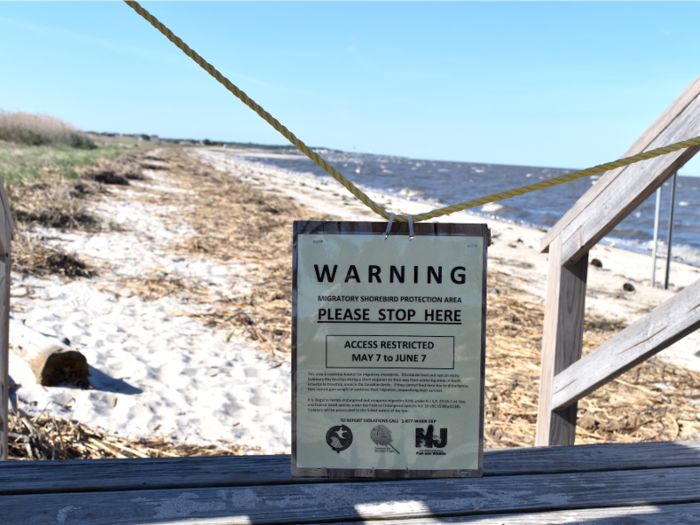
The problem with this feeding frenzy is that these shorebirds harbor lots of flu strains in their guts. Every pandemic flu the world has ever seen has come from virus-laden birds like these.
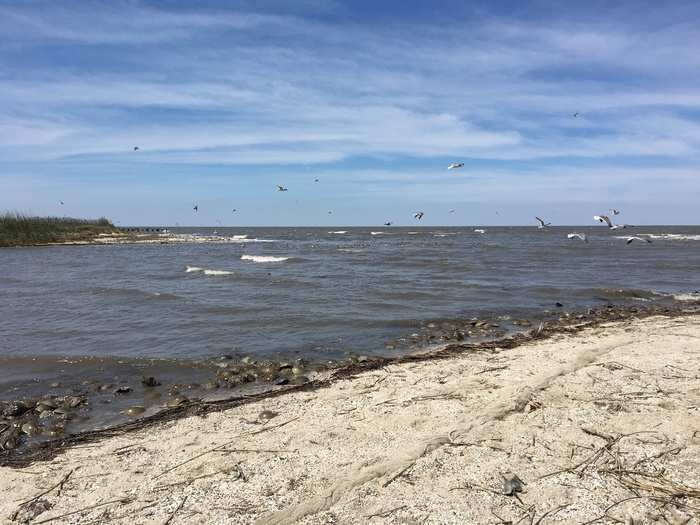
"Those beautiful, healthy birds — about 20% of them are pooping out influenza," Robert Webster, a flu expert at St Jude Children's Research Hospital who pinpointed this Jersey bird hotspot in 1985, told Business Insider. "Where do so many infected birds come from? Where did they get their viruses from? We don't really know."
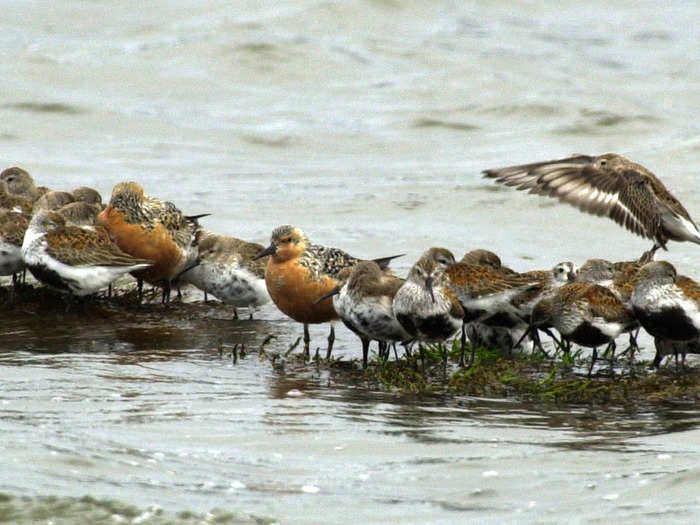
Some bird flus become human-transmittable and can proliferate around the globe with devastating consequences. But the reason some strains jump to humans while others don't remains a mystery to scientists.
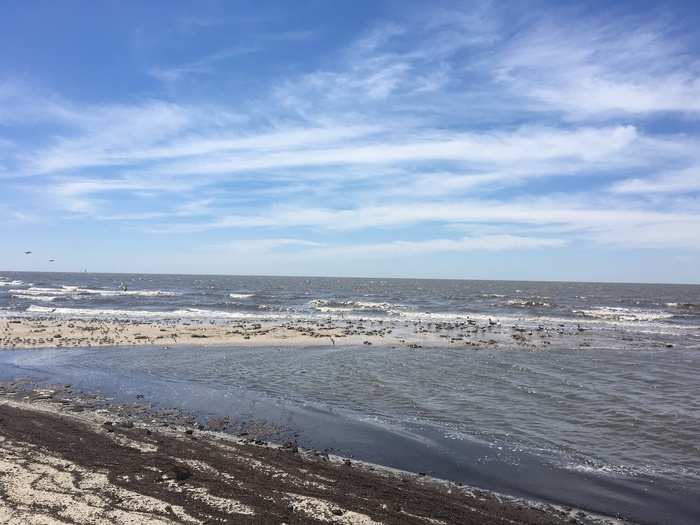
To get a closer look at the tiny birds and study the flu strains they carry, researchers bring black rifle powder, a cannon, and lots of nets to Reed's Beach each year. The goal: to trap several dozen migrating birds for tagging and study.

Flu researchers are most interested in the birds' cloacas (their butts) and what comes out of them. Birds don't transmit the flu by swapping spit or coughing; instead, the viruses fester in their guts and spread to other birds' bellies via feces-contaminated water.
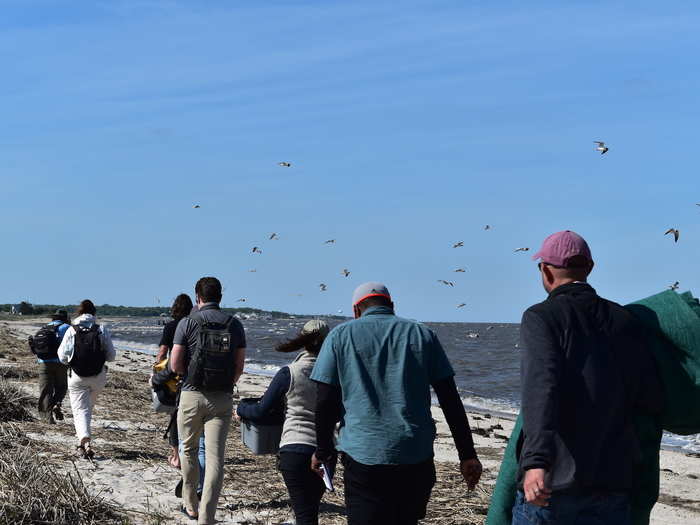
So it's important to understand what kinds of viruses these palm-sized beach critters harbor each year. To study this, scientists tote tiny swabbing tools, rubber gloves, and vials.
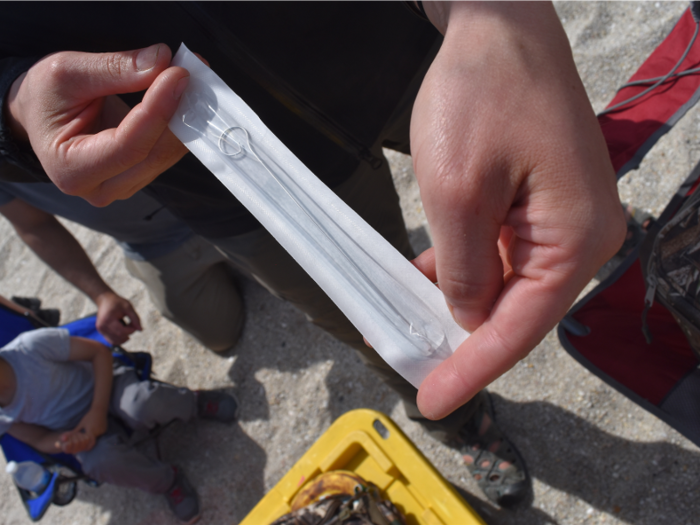
The team works together to corral the birds into a spot where cannons can startle them and nets can catch them. It's a waiting game, and this process can take hours.
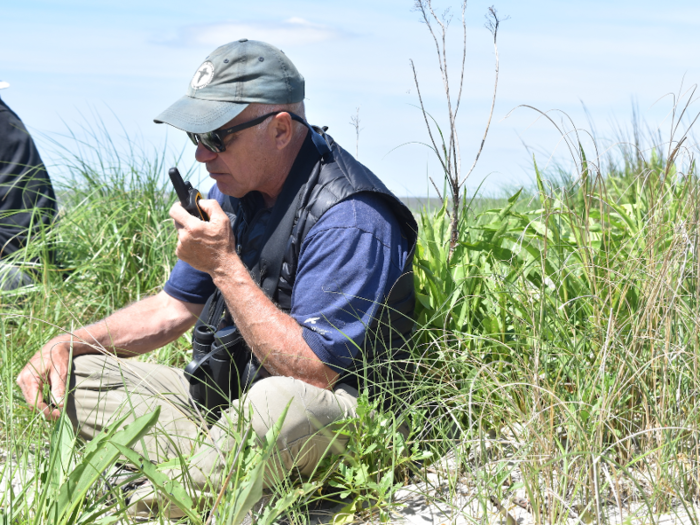
Dozens of birders and a few flu researchers crouch down in the tall grasses, hiding out of the birds' sight line.
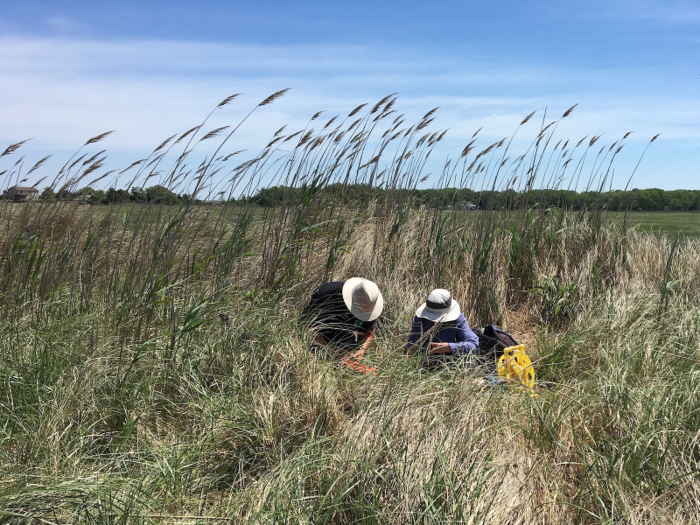
If a helicopter flies overhead or someone darts in and out of the grass, that can mess up the whole operation.
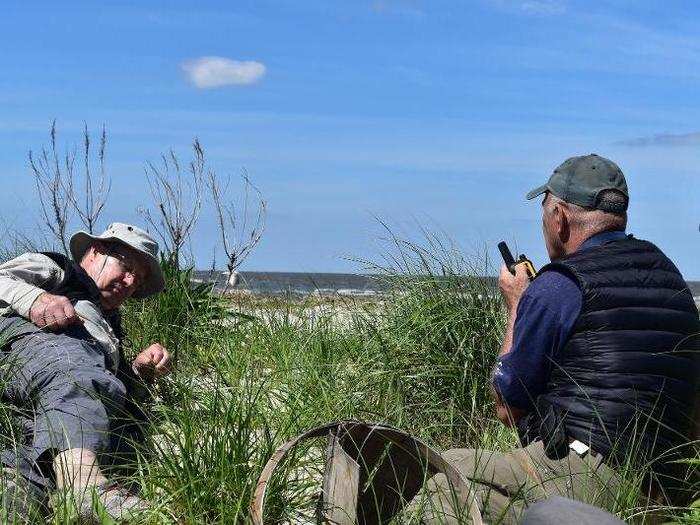
Finally, when the moment is right, a cannon fires with a loud thud. Feasting shorebirds scramble into the air.
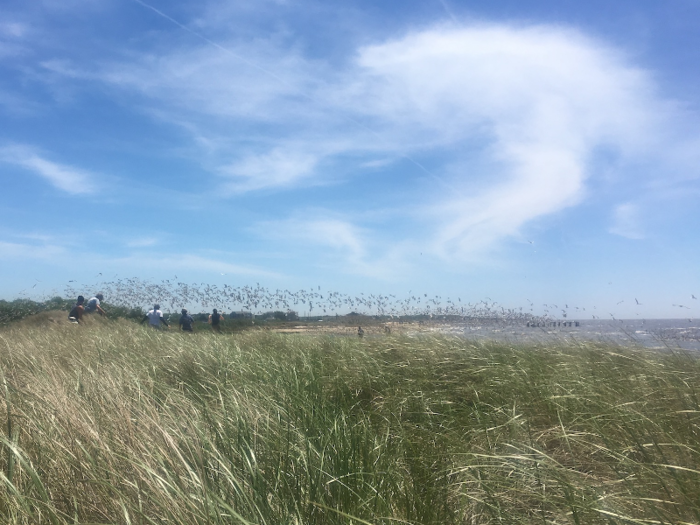
In an instant, just as the birds are opening their wings, a net whooshes over about 100 of them, sending the group tumbling into the sand.
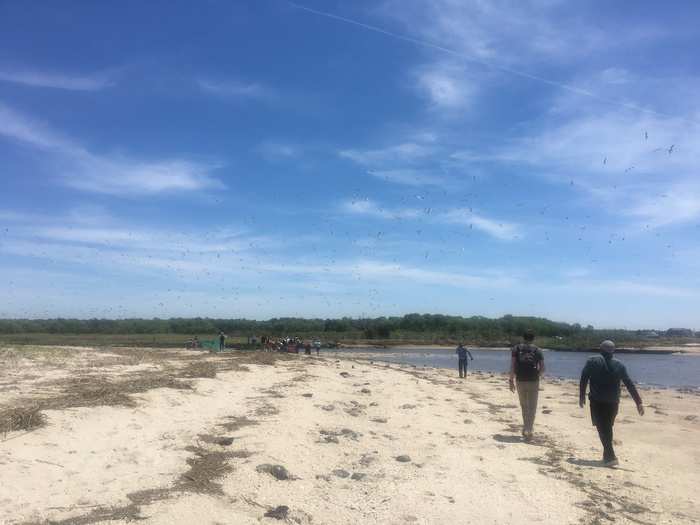
The researchers rush in to pick the birds up and get them into the shade for inspection.
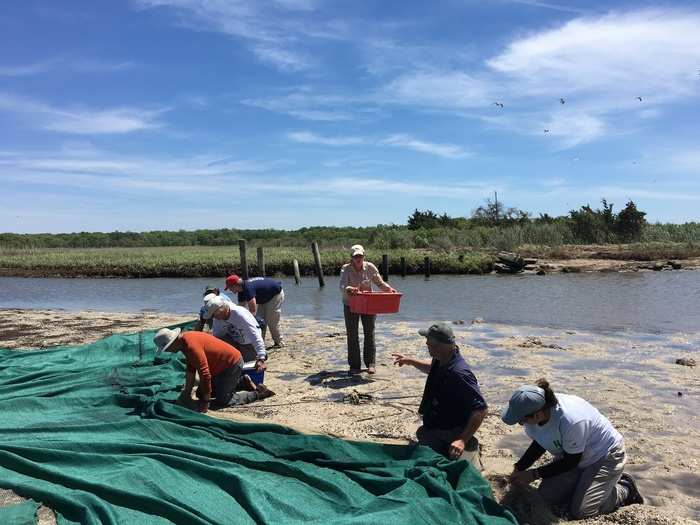
Scientists wear gloves as they take samples from a few birds' butts. "It's really just a precautionary thing — we are dealing with the feces and saliva of the birds," flu researcher Alinde Fojtik, who works at the University of Georgia, said.
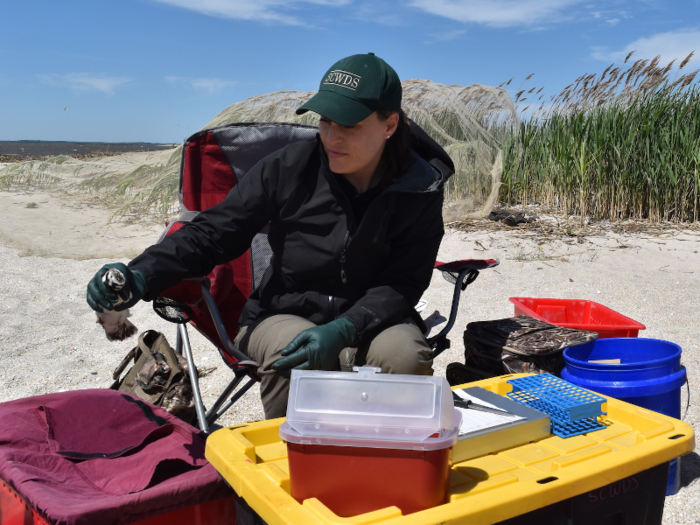
Samples taken from the birds' butts aren't the only way to study flu strains: Researchers also collect around 600 samples of bird poop during their week on the shore.
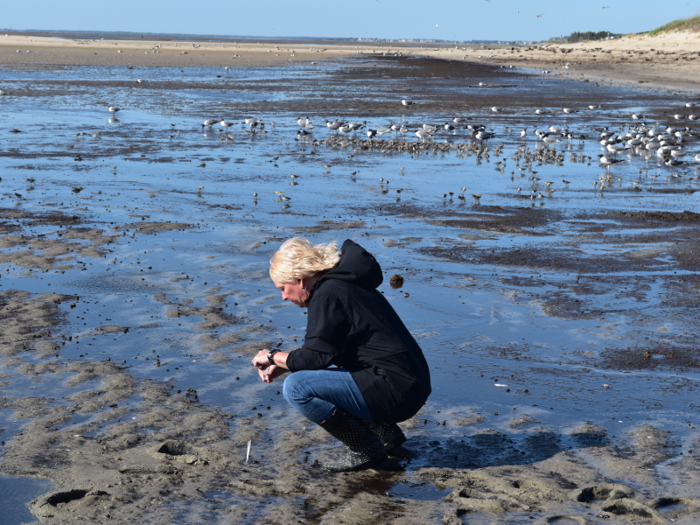
They bring all of these samples to the lab, where they then conduct DNA analyses on the feces to find out which influenza strains were circulating in birds on the beach this year.
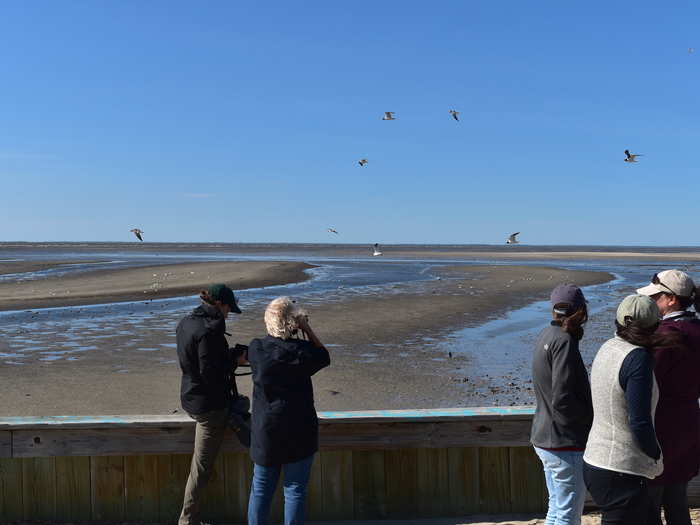
The scientists hope that by surveying and tracking so many different flu strains from year to year, they might be able to create better vaccines and drugs to combat the next pandemic flu — before it's too late.
"As we look at the genome of the viruses that are in the wild birds and in humans and so on, the goal is that in the future, we can make predictions of which viruses are really dangerous," Webster said.
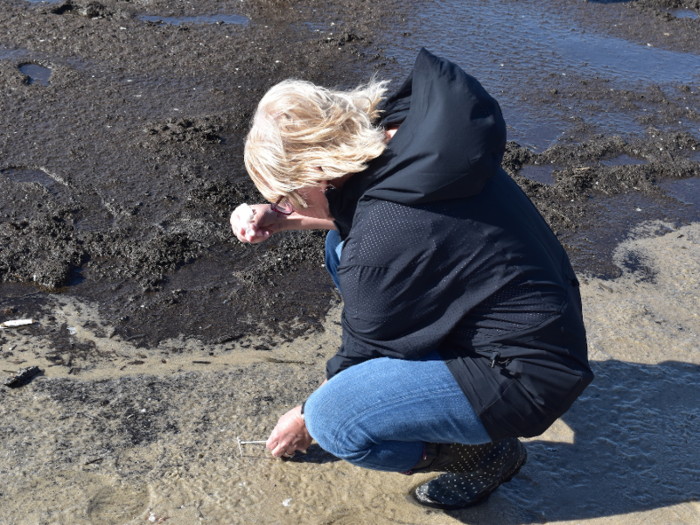
But they're not there yet. Scientists will return to this beach again next spring, as they have every year for three decades, in the hopes of one day creating better drugs and vaccines to fight flus before they kill more people.

Popular Right Now
Popular Keywords
Advertisement